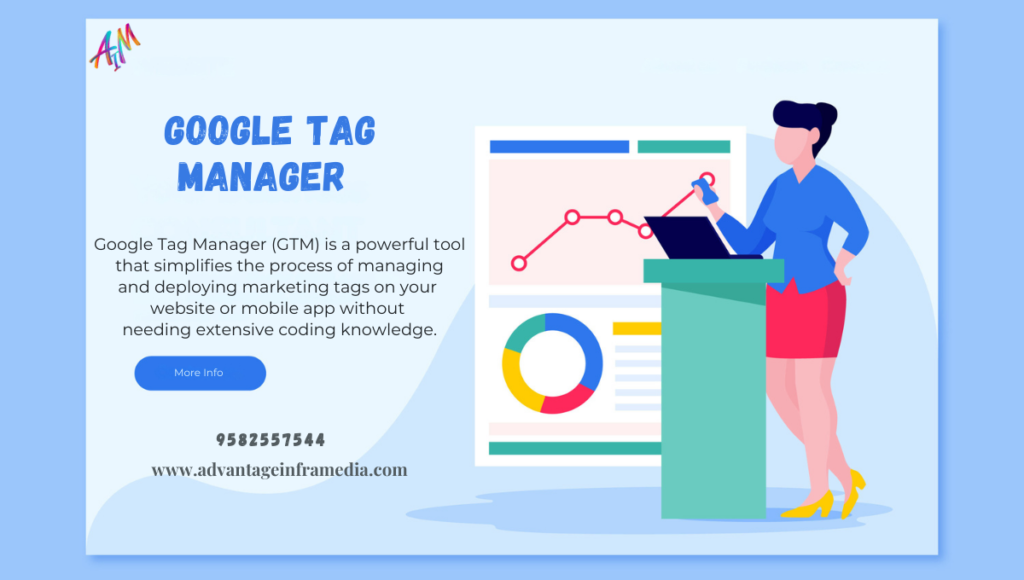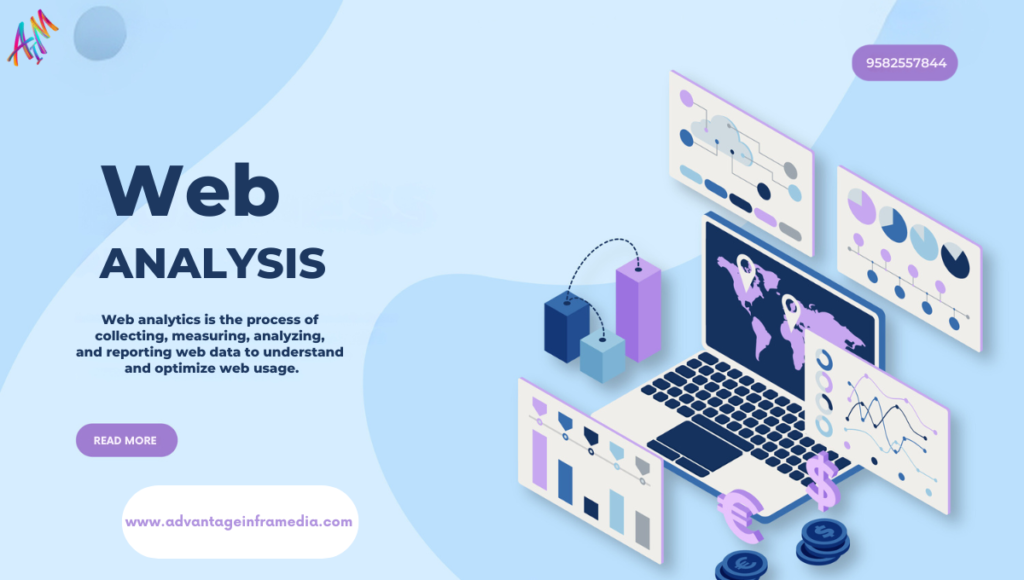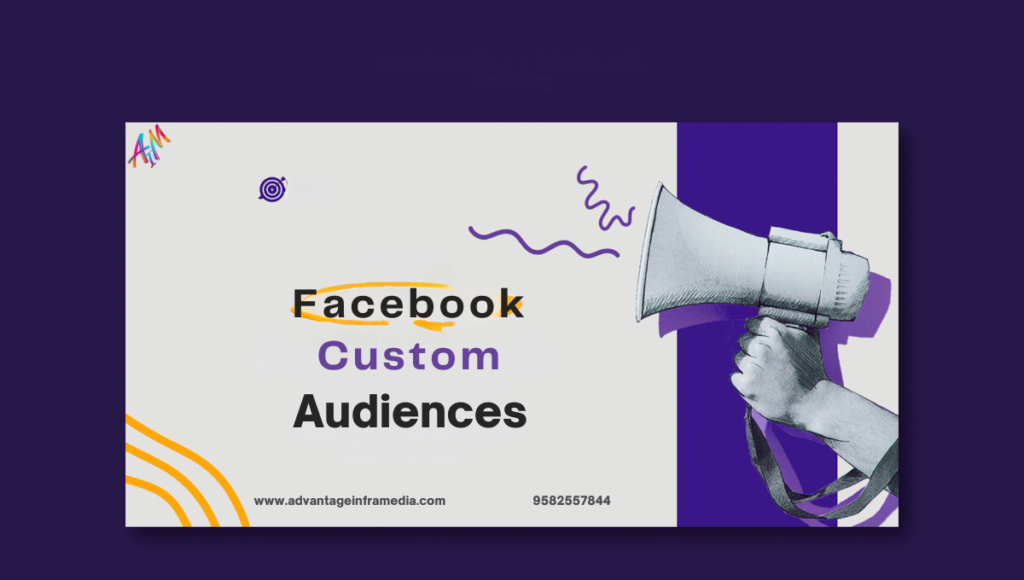Mastering Keyword Research: The Ultimate Guide to Finding Keywords
What is the best way to find keywords in 2024 Introduction In the ever-evolving landscape of digital marketing and search engine optimization (SEO), keyword research remains a cornerstone strategy for driving organic traffic to websites. Identifying the right keywords can mean the difference between your content being a hidden gem or a widely recognized resource. This comprehensive guide will walk you through the best ways to find keywords, providing you with practical tips, tools, and techniques to elevate your SEO game. (What is the best way to find keywords in 2024) 1. Understanding Keywords: An Overview Keywords are the terms and phrases that people enter into search engines when looking for information. They are the bridge between what people are searching for and the content you provide to fill that need. Understanding keywords is crucial because they help drive targeted traffic to your website. 2. Why Keywords Matter Keywords matter for several reasons: Visibility: Proper use of keywords improves your chances of appearing in search engine results pages (SERPs). Relevance: They help search engines understand the content of your pages, ensuring that your content is shown to the right audience. (What is the best way to find keywords in 2024) Traffic: Well-researched keywords can drive significant traffic to your site. Conversion: Targeting the right keywords can attract visitors who are more likely to convert into customers. 3. Types of Keywords Short-Tail Keywords Short-tail keywords, also known as head terms, are typically one or two words long. They are broad and have a high search volume but are often very competitive. Examples include “shoes” or “digital marketing.” (What is the best way to find keywords in 2024) Long-Tail Keywords Long-tail keywords are longer phrases, usually three or more words, that are more specific. They have lower search volumes but are less competitive and often have higher conversion rates. Examples include “best running shoes for flat feet” or “digital marketing strategies for small businesses.” LSI Keywords Latent Semantic Indexing (LSI) are terms and phrases that are semantically related to your main keyword. They help search engines understand the context of your content. For example, LSI for “apple” could include “fruit,” “orchard,” and “nutrition” if you’re writing about the fruit, or “iPhone,” “MacBook,” and “technology” if you’re writing about the tech company. (What is the best way to find keywords in 2024) 4. Step-by-Step Guide to Finding Keywords Step 1: Brainstorming Start by brainstorming a list of topics relevant to your niche. Think about what your target audience might be interested in and the problems they need solutions for. Use your industry knowledge and insights from customer interactions to come up with potential keywords. Step 2: Competitor Analysis Analyzing your competitors can provide valuable insights into the keywords they are targeting. Tools like SEMrush, Ahrefs, and Moz allow you to see the keywords that drive traffic to your competitors’ sites. Look for gaps in their strategy where you can gain a competitive edge. (What is the best way to find keywords in 2024) Step 3: Using Keyword Research Tools Keyword research tools are essential for identifying high-potential keywords. Here are some of the most popular tools: Google Keyword Planner: This free tool from Google is a great starting point for keyword research. Ahrefs: Known for its comprehensive keyword analysis and competitive research features. SEMrush: Offers detailed keyword analytics and competitor insights. Moz Keyword Explorer: Provides keyword suggestions and difficulty scores. Ubersuggest: A free tool that offers keyword ideas, search volume, and competition data. Step 4: Analyzing Search Intent Understanding the search intent behind a finding keyword is crucial. Search intent can be classified into four types: (What is the best way to find keywords in 2024) Informational: The user is looking for information (e.g., “how to tie a tie”). Navigational: The user is looking for a specific website (e.g., “Facebook login”). Transactional: The user is looking to make a purchase (e.g., “buy running shoes”). Commercial Investigation: The user is researching a product or service (e.g., “best digital cameras 2024”). Ensure the keywords you target match the intent of your content. Step 5: Refining Your List Once you have a list of potential finding keywords, refine it by considering factors like search volume, keyword difficulty, and relevance to your audience. Focus on a mix of short-tail and long-tail finding keywords to balance traffic potential and competition. (What is the best way to find keywords in 2024) 5. Advanced Keyword Research Techniques Using Google Trends Google Trends allows you to see the popularity of search terms over time. This can help you identify seasonal trends and emerging topics. Use it to compare the relative popularity of different finding keywords and to find related queries. (What is the best way to find keywords in 2024) Exploring Question-Based Keywords People often use search engines to ask questions. Tools like AnswerThePublic and QuestionDB can help you find common questions related to your keywords. Creating content that answers these questions can improve your chances of appearing in featured snippets. Leveraging Social Media Insights Social media platforms like Twitter, Reddit, and Quora are goldmines for discovering trending topics and keywords. Monitor discussions and hashtags related to your niche to uncover new opportunities. What is the best way to find keywords in 2024 6. Tools for Keyword Research Free Tools Google Keyword Planner: Ideal for beginners and basic keyword research. Ubersuggest: Offers keyword suggestions, search volume, and competition data. AnswerThePublic: Great for finding question-based finding keywords. Keyword Surfer: A Chrome extension that provides search volume data directly in Google search results. Paid Tools Ahrefs: Comprehensive tool for keyword research, backlink analysis, and competitive research. SEMrush: Offers a wide range of SEO and marketing tools, including keyword research. (What is the best way to find keywords in 2024) Moz Keyword Explorer: Provides in-depth analysis and difficulty scores. KWFinder: User-friendly tool for finding long-tail keywords with low competition. 7. Implementing Keywords in Your Content On-Page SEO Best Practices Title Tags: Include your primary in the title tag, ideally towards the beginning. Meta
Mastering Keyword Research: The Ultimate Guide to Finding Keywords Read More »
Blog









